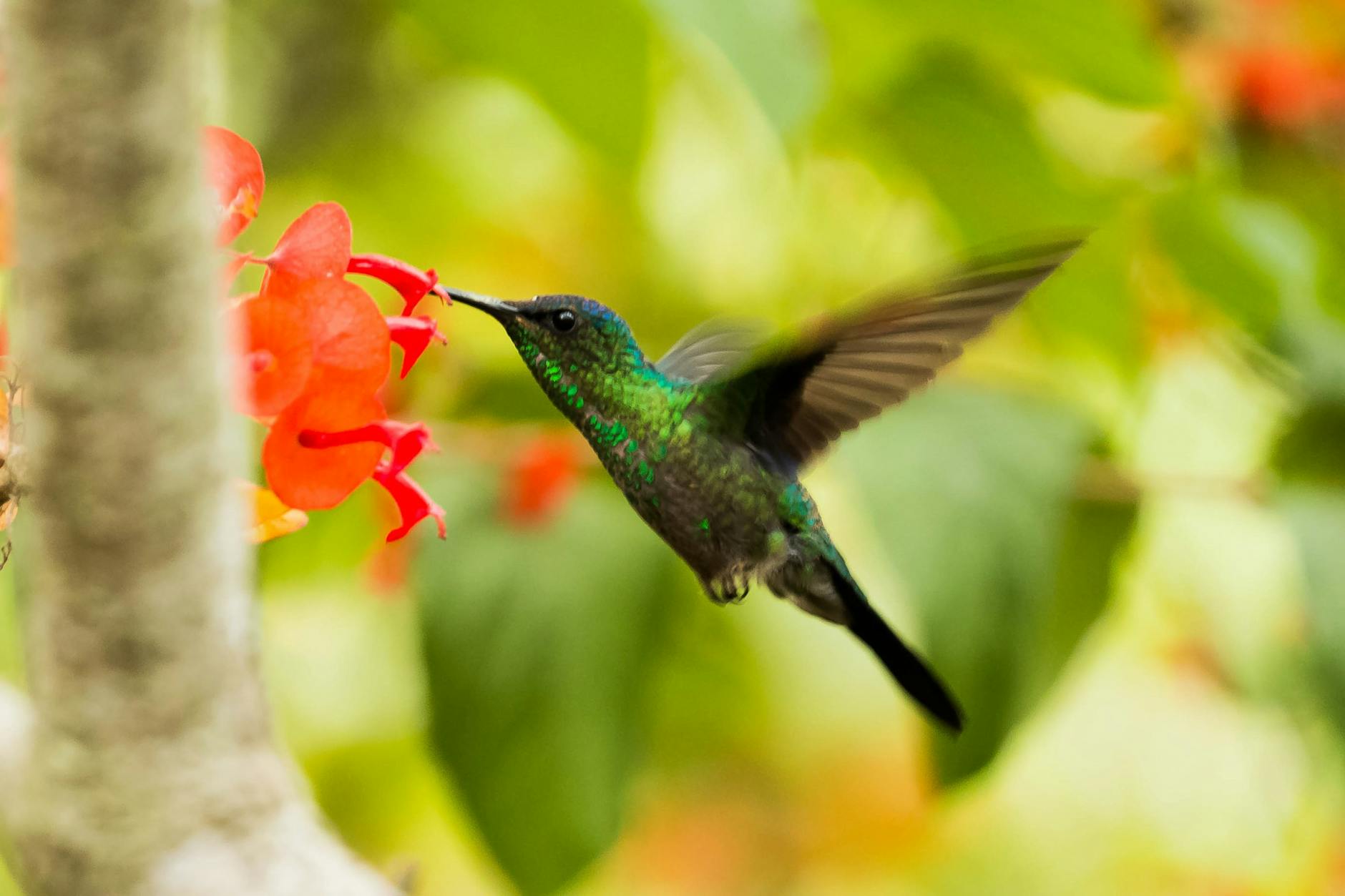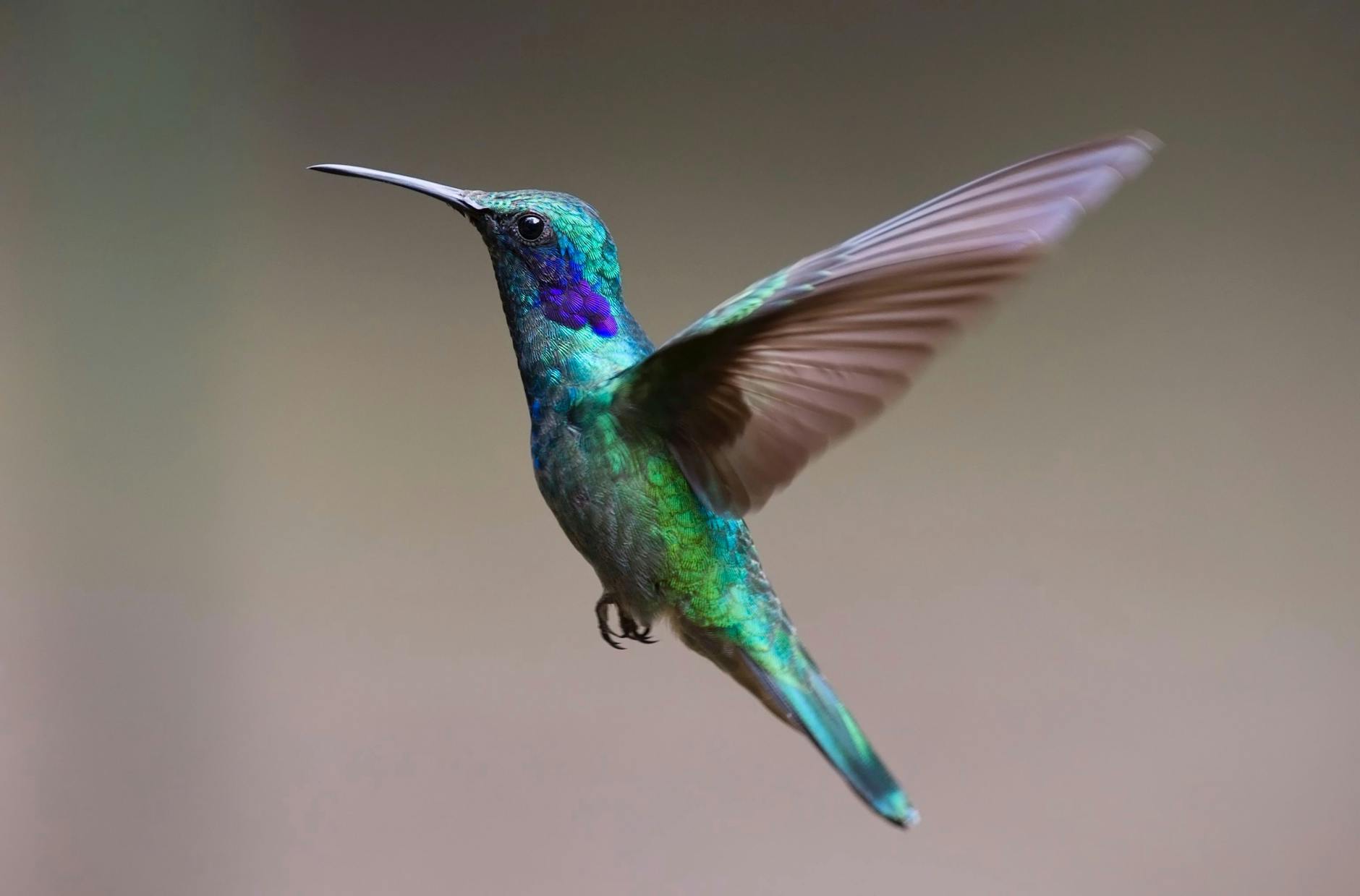How to Help Injured Hummingbirds: Rescue Tips and Care Guide
Spotting an injured hummingbird can feel overwhelming, but quick action can make a life-saving difference. These fragile birds often need immediate care but also require a delicate touch to avoid harm. In this guide, you’ll learn essential tips to help stabilize and support an injured hummingbird until you can contact a licensed wildlife rehabilitator. Whether it’s providing temporary nourishment or creating a safe environment, understanding what to do—and what not to do—can truly help these tiny creatures recover.
Identifying an Injured Hummingbird
Recognizing when a hummingbird is hurt can be challenging. These tiny creatures often hide their injuries, making it harder to assess their condition. However, understanding the subtle signs and behaviors can save their lives. Below are some key indicators to help you determine if a hummingbird needs help.
Common Signs of Injury
Visible physical injuries or signs of distress are often the first things you’ll notice. If you see any of the following, the bird may require assistance:
- Inability to Fly: A hummingbird that flutters weakly or cannot lift off the ground is likely hurt.
- Visible Wounds: Look for scratches, bleeding, or drooped wings that suggest trauma.
- Lethargy: If the bird sits in one spot for long periods without moving, it could signal exhaustion or injury.
- Dropped Wing: A wing that hangs lower than the other might indicate a fracture or strain.
- Blood or Discharge: Any visible bleeding or fluids from the eyes, beak, or body could indicate a serious issue.
For more details about common hummingbird injuries, visit Earth Life’s guide on hummingbird first aid.
Behavioral Indicators
Injured hummingbirds often exhibit unusual behaviors that can act as red flags. Pay attention to these changes:
- Hiding or Staying Grounded: A bird that hides in low bushes or stays grounded is likely in distress. Healthy hummingbirds typically perch high up or flit between flowers.
- Unresponsive to Food: If the bird ignores feeders or nearby flowers, it might be too weak to eat.
- Erratic Movements: Watch for staggering, shaking, or inconsistent fluttering that might denote an injury.
- Extended Rest Periods: Healthy hummingbirds rest briefly between feedings. If a bird stays still for hours, it may need help.
Behavioral changes are subtle but critical signs. For more insights, check out this helpful hummingbird rescue guide.
 Photo by Djalma Paiva Armelin
Photo by Djalma Paiva Armelin
Identifying these signs early can make a significant difference in the bird’s recovery. In the next section, we’ll discuss how to safely respond and provide immediate care for injured hummingbirds.
Immediate Steps for Rescue
When you come across an injured hummingbird, acting promptly but gently is key. These delicate birds can quickly decline without proper care. Knowing how to approach them, administer basic first aid, and provide nourishment will put you in the best position to help until professional support arrives.
Approaching the Bird Safely
Approaching an injured hummingbird requires patience and gentleness. These birds are incredibly fragile, and any unnecessary movement can worsen their condition or increase stress. Move slowly, keeping your motions deliberate and calm—imagine cradling the tiniest bubble without popping it.
- Stay Quiet: Keep background noise to a minimum to avoid startling the bird further.
- Use Soft Materials: Approach with a soft cloth, such as a clean t-shirt or towel, to gently cover and pick up the bird.
- Avoid Overhandling: Once picked up, don’t squeeze or hold tightly. Their small bones are brittle and can easily break under pressure.
Safety for both you and the bird matters. For more detailed tips, check out the Care and Rescue Guide from Hummingbird Market.
 Photo by Pixabay
Photo by Pixabay
Administering First Aid
Basic first aid can stabilize the bird before it gets professional help. Start with warmth and hydration, two critical factors for a hummingbird’s survival.
- Provide Warmth: Place the bird in a small, ventilated box lined with soft tissue or cloth. Keep the box in a warm, dark, and quiet environment to reduce shock.
- Offer Hydration: A tiny drop of room-temperature sugar water can replenish energy. Use a clean dropper for precision.
- Handle with Care: Avoid attempting to fix injuries like broken wings or legs. Those require expertise from a wildlife rehabilitator or veterinarian.
If you want to dive into specific methods, the Hummingbird Spot First Aid Guide offers practical steps.
Feeding the Hummingbird
If the bird is alert enough to eat, you can provide temporary nourishment. Hummingbirds rely on high-energy food like nectar to sustain their rapid metabolism.
- Prepare a Sugar-Water Solution: Mix one part white granulated sugar with four parts water. Do not use honey, artificial sweeteners, or red dye.
- Offer It Carefully: Use a dropper, syringe, or the tip of a clean spoon to feed the bird. Gently hold it while it sips.
- Avoid Overfeeding: Only offer a few drops at a time—just enough to stabilize the bird until professional care is accessible.
For additional feeding instructions, visit Hummingbird Rescue and Care Details.
By following these steps, you can stabilize the hummingbird without causing further harm. Transitioning to professional help is essential, but your immediate actions can give these tiny creatures a fighting chance.
Long-term Care and Rehabilitation
Helping an injured hummingbird recover doesn’t end with immediate rescue. The bird needs time, space, and proper care to heal fully. Whether you’re tending to its short-term needs or looking towards its eventual release, fostering a suitable environment plays a critical role in its rehabilitation.
Creating a Safe Environment
Recovering hummingbirds need a quiet, stress-free space to regain their strength. Setting up a temporary yet comfortable environment ensures their recovery starts off right.
- Quiet Surroundings: Place the bird in a quiet room, away from loud noises, pets, and unnecessary human activity. Noise can stress the bird, delaying healing.
- Ventilated Enclosures: Use a small, soft-sided box or a container with tiny air holes. Line it with tissues or soft cloth to prevent injury from hard surfaces.
- Controlled Temperature: Maintain a warm but not hot environment. A heating pad wrapped in fabric under half of the box works well, so the bird can move away from the heat if needed.
A safe space acts as a sanctuary and gives the bird the stability it needs to rest. You can explore detailed guidelines for rehabilitating birds via this resource from the U.S. Fish and Wildlife Service.
 Photo by Elijah O’Donnell
Photo by Elijah O’Donnell
Monitoring Progress
Regular observation is the key to understanding how well the hummingbird is healing. Subtle signs in its behavior can indicate whether it’s improving or needs further attention.
- Energy Levels: Is the bird fluttering its wings, attempting to perch, or moving around? These show progress.
- Appetite: Look for consistent feeding from the solutions you provide. A disinterest in food may indicate deeper issues.
- Feather Maintenance: A recovering bird will often preen itself, indicating it feels secure enough to pay attention to grooming.
Be patient and attentive. Small changes in behavior hold valuable clues. To learn more about monitoring bird health, you may find this resource from Audubon Centers helpful.
When to Seek Professional Help
Not every situation can be managed at home. Recognizing when it’s time to call a professional ensures the bird gets the advanced care it might require.
- Lack of Improvement: If the bird shows no signs of recovery within 24 hours, contact a wildlife rehabilitator.
- Visible Injuries: Conditions like broken wings or deep cuts need more specialized care.
- Unusual Behavior: Erratic movements, excessive lethargy, or any signs of infection (like swelling or discharge) demand expert attention.
Licensed wildlife rehabilitators possess the training and equipment necessary to handle complex injuries. Visit Bird TLC for information on finding a rehabilitation expert near you.
Caring for an injured hummingbird is a journey that combines compassion, patience, and knowledge. Each small step you take makes a world of difference in its recovery.
Preventing Future Injuries
Preventing injuries is essential to maintaining a safe environment for hummingbirds. Due to their high speed and small size, they are vulnerable to accidents, particularly with windows and unsafe feeding areas. By taking proactive steps, you can create a safer space and help reduce risks.
Window and Door Safety
Hummingbirds often collide with glass windows and doors, as they can’t see the transparent barrier. Simple changes can make a significant difference in reducing these incidents.
- Use Window Decals: Apply decals or stickers designed for bird safety. These break up reflective surfaces and make the glass more visible.
- Install Screens: Attaching mesh screens to windows not only prevents collisions but also provides an extra layer of protection if an impact does occur.
- Adjust Feeder Placement: Place feeders closer than two feet or more than ten feet away from windows. This reduces collision risks by limiting their speed near the glass.
Explore detailed strategies from Hummingbirds and Window Collisions or How To Stop Hummingbirds Hitting Windows for practical solutions.
 Photo by Pixabay
Photo by Pixabay
Providing Safe Feeding Areas
Feeders are an essential food source for hummingbirds, but improper placement can lead to accidents or increased predator risks. Follow these tips to create a safe feeding environment:
- Avoid Direct Sunlight: Position feeders in partial shade to keep nectar from spoiling quickly.
- Keep Away From Obstructions: Choose open areas without bushes or fences nearby where predators like cats might hide.
- Maintain Distance from Regular Bird Feeders: Place hummingbird feeders at least six yards away from other bird feeding stations. This reduces competition and ensures a calmer feeding experience.
For further advice on proper feeder placement, see 3 Tips for Placing Your Hummingbird Feeder or Where to Place Hummingbird Feeders: 8 Tips.
Conclusion: Summarizing Key Takeaways
Caring for an injured hummingbird is an opportunity to make a tangible difference in the life of a remarkable creature. By acting swiftly and thoughtfully, you provide these small but resilient birds with a chance to recover and thrive once again. Each step—from safely identifying an injured bird to administering first aid and seeking professional help—plays a critical role in their journey to recovery.
Focusing on preventive measures, such as safe feeder placements and collision-proofing your windows, can significantly reduce the risk of harm to hummingbirds in the first place. Your mindful actions not only aid individual birds but contribute to the conservation of these mesmerizing creatures.
For detailed guidance and how-tos, check out this resource on hummingbird rescue or learn more about rehabilitation through trusted sources like Santa Monica WBU’s rescue tips. By equipping yourself with the right knowledge, you can ensure you’re prepared to assist when a hummingbird is in distress.
Ultimately, your empathy and preparedness could give injured hummingbirds a much-needed second chance at life.










